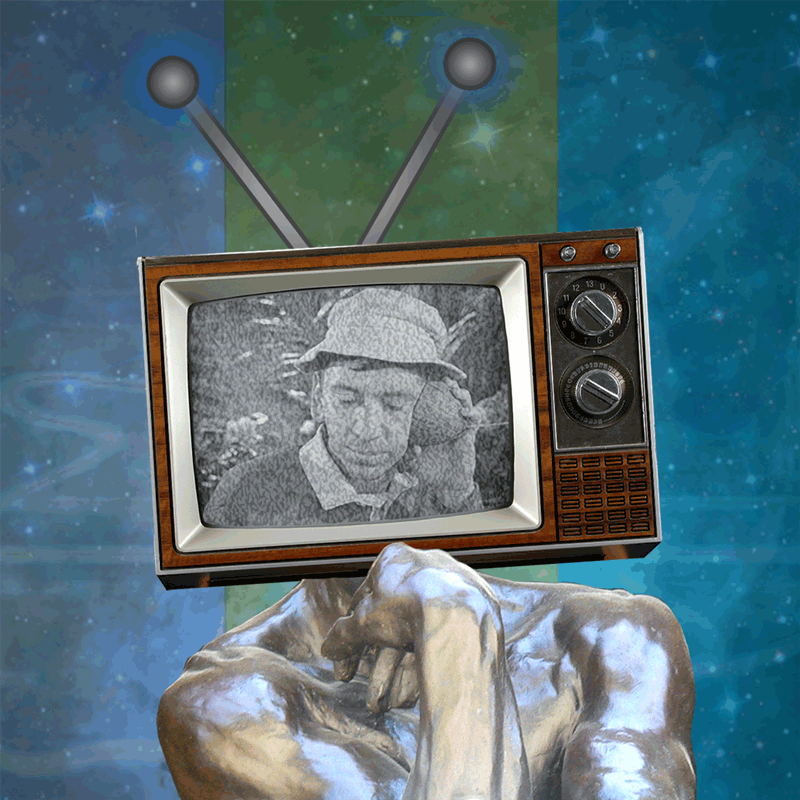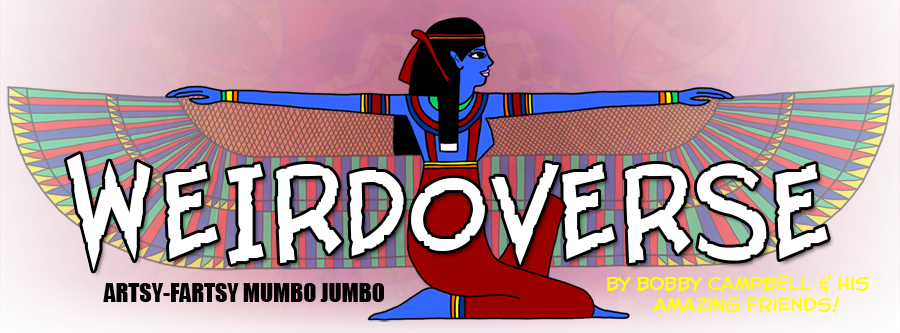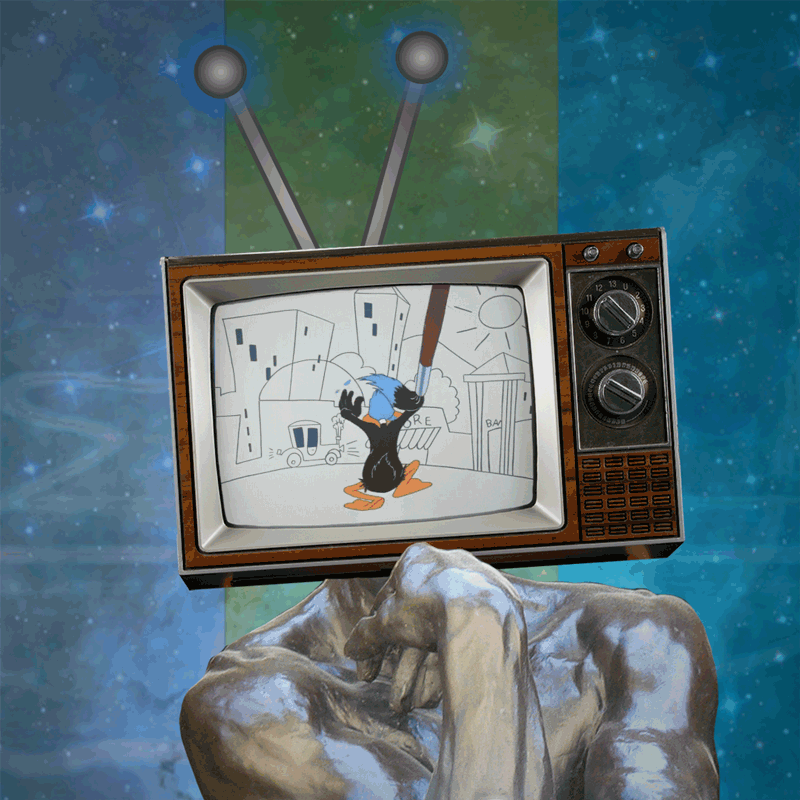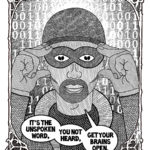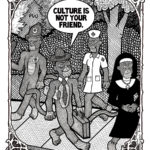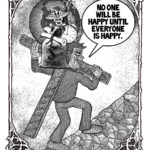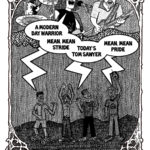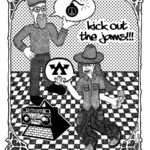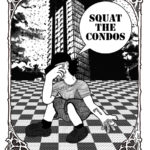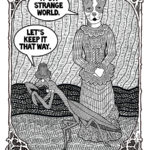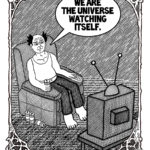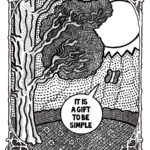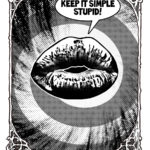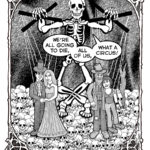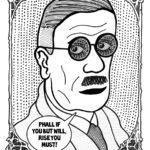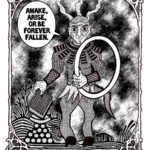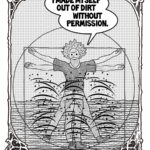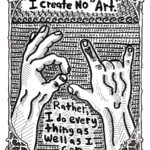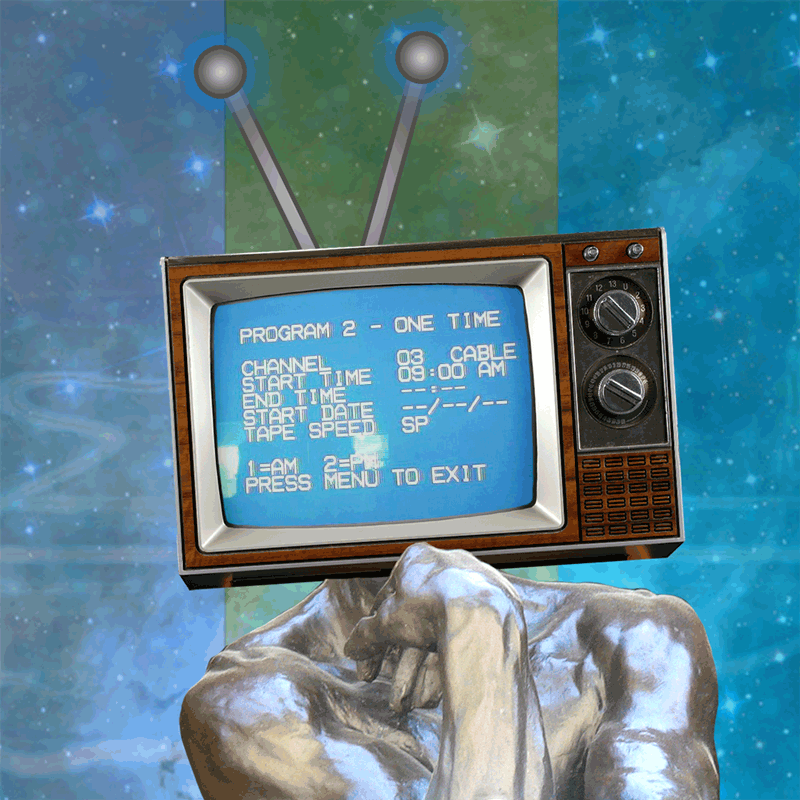
A point of pride in my youth was figuring out how to program the VCR, which basically just meant scheduling when, what channel, and for how long the VCR would record. An unimpressive capability by current standards, but for a 7 year old in 1987, what wanted to watch late night hockey games, it was pretty neat. Hyperbolically marveling at the complexity of VCR programming was a staple of 80’s sitcoms and stand up comedy, and I very much enjoyed having a one up over the adults, no matter how arbitrary.
Though I wouldn’t unlock the true power of the videocassette recorder for a couple more years, when I stumbled upon the magic of AV inputs & outputs.
In addition to the VCR we also had a Camcorder, which was itself itself a miraculous gizmo, and while I had fun enough making terrible home movies, there was something even better that it could do…
The Camcorder recorded onto these small tapes, VHS-Cs, which couldn’t fit in the VCR. So if I wanted to watch something recorded by the Camcorder I’d have to use these yellow, red, and white tipped cables to connect the Camcorder’s output ports to the VCR’s input ports, at which point the signal would go from the Camcorder to the VCR to the TV. Even as a live feed, with the obligatory recursive feedback loops, But then! I noticed the Camcorder also had input ports and the VCR also had output ports, which gave me a crazy idea…
So let’s say, hypothetically speaking, I rented Batman (1989) from the local video store, and I put the VHS in the VCR, with the AV cables connected so the signal was going out from the VCR and into the Camcorder, and I pressed play on the VCR and record on the Camcorder, could I make my own copy of Batman?
My grand experiment. Too good to be true though, right?
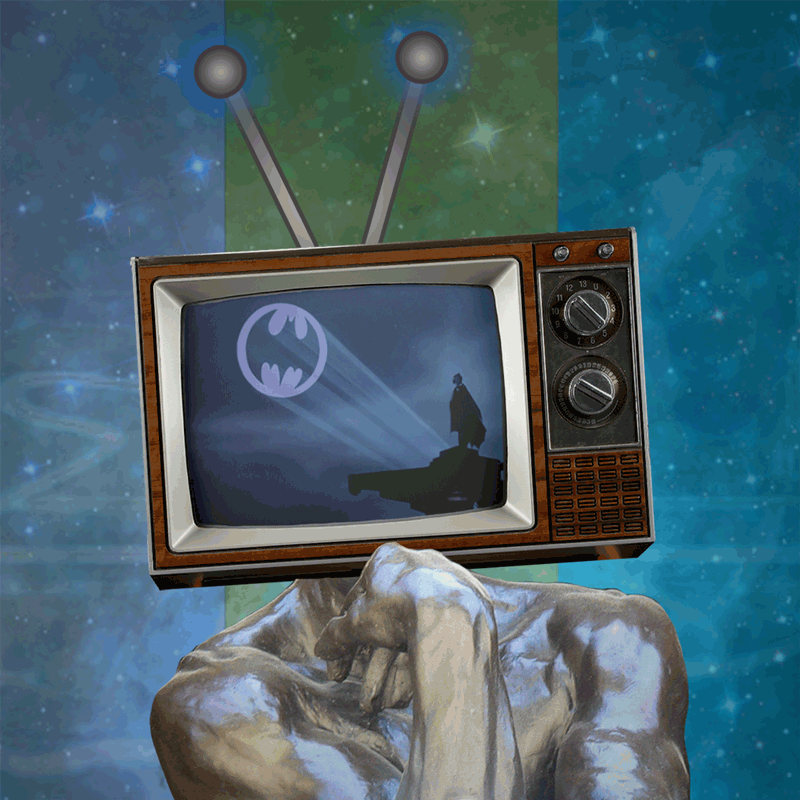
Imagine my delight when this great work was accomplished!
It was a 2 step process whereby I had to record from the original VHS to a VHS-C and then back to a blank VHS.
I began earnestly and diligently archiving the sacred culture of my people on super long play magnetic tape. Teenage Mutant Ninja Turtles, Wrestlemania VI, The Great Outdoors, Robocop, everything that was good and awesome in my world went into the collection. My bootleg akashic records. Information do want to be free though :)))
